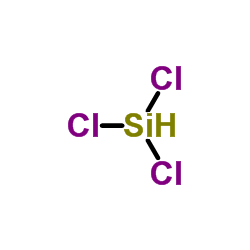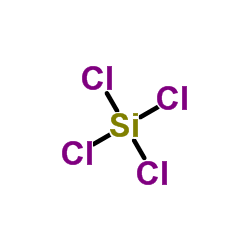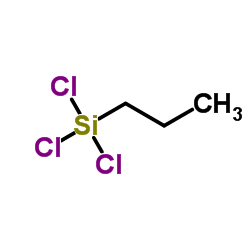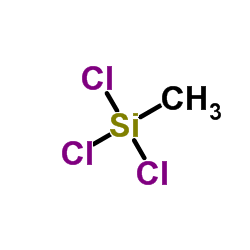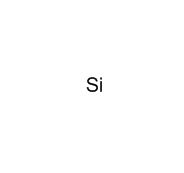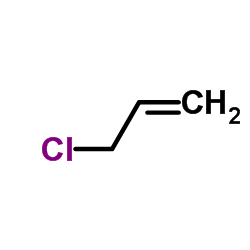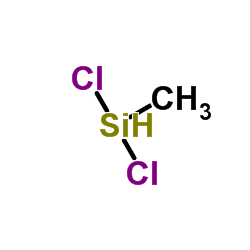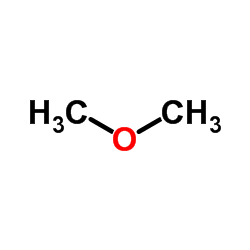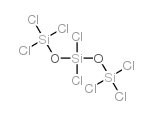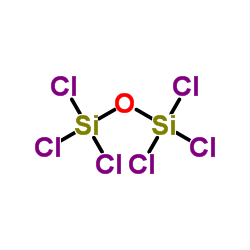10025-78-2
| Name | Trichlorosilane |
|---|---|
| Synonyms |
trichlorohydrosilane
Trichlorosilane UNII-QZY2645L6V Silicochloroform Silane,trichloro trichlorosilyl hydride tri-chlorosilane silici-chloroforme silanea-19 EINECS 233-042-5 siliciumchloroform silane, trichloro MFCD00011518 Silane, trichloro- trichlorsilan triclorosilano trichloro-silan trichloorsilaan |
| Density | 1.342 g/mL at 25 °C(lit.) |
|---|---|
| Boiling Point | 31.8±9.0 °C at 760 mmHg |
| Melting Point | -127 °C |
| Molecular Formula | Cl3HSi |
| Molecular Weight | 135.452 |
| Flash Point | 7 °F |
| Exact Mass | 133.891312 |
| LogP | 4.77 |
| Vapour density | 1 (vs air) |
| Vapour Pressure | 595.7±0.1 mmHg at 25°C |
| Index of Refraction | 1.4-1.402 |
| Stability | Stable, but extremely flammable. Pyrophoric - spontaneously ignites in air. Explosion hazard in air - note wide explosion limits. Reacts violently with water. Incompatible with moisture, acids, bases, strong oxidizing agents, alcohols, amines. |
| Water Solubility | decomposes |
CHEMICAL IDENTIFICATION
HEALTH HAZARD DATAACUTE TOXICITY DATA
|
| Symbol |



GHS02, GHS05, GHS07 |
|---|---|
| Signal Word | Danger |
| Hazard Statements | H224-H250-H302 + H332-H314 |
| Supplemental HS | Contact with water liberates toxic gas., Reacts violently with water. |
| Precautionary Statements | P210-P280-P303 + P361 + P353-P305 + P351 + P338-P370 + P378-P422 |
| Personal Protective Equipment | Faceshields;full-face respirator (US);Gloves;Goggles;multi-purpose combination respirator cartridge (US) |
| Hazard Codes | F+:Highlyflammable;C:Corrosive; |
| Risk Phrases | R12;R14;R17;R20/22;R29;R35 |
| Safety Phrases | S16-S26-S36/37/39-S43-S45-S7/9-S43A |
| RIDADR | UN 1295 4.3/PG 1 |
| WGK Germany | 1 |
| RTECS | VV5950000 |
| Packaging Group | I |
| Hazard Class | 4.3 |
| Precursor 10 | |
|---|---|
| DownStream 10 | |


